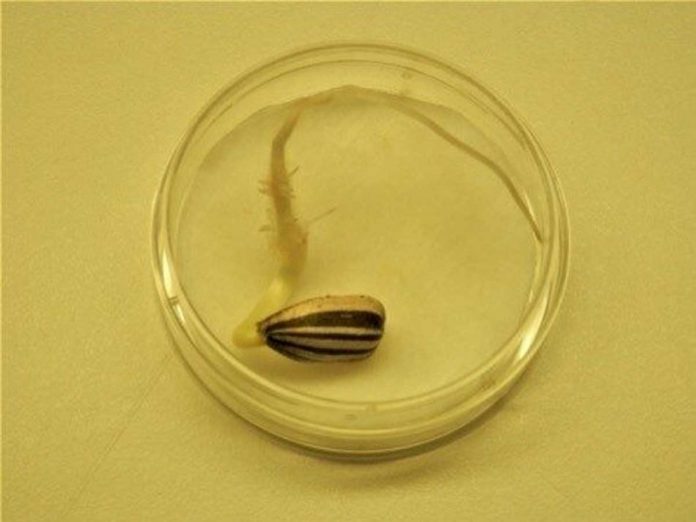The gravitational tides of the orbital mechanics of sun-Earth-moon system controls the rhythms of activity in all biological organisms. This truth has neglected by scientific research till now. But Cristiano de Mello Gallep at the University of Campinas (UNICAMP) researchers have foregrounded this theory in their recent study. His study has been published in Journal of Experimental Botany.
This study contains an extensive literature review. This also have a meta-analysis of the data. The scientists have reviewed three previously published cases. In those cases, gravitational causality was not studied. Small shell-less crustaceans were there on Earth 300 million years ago. Coral reproduction and growth of sunflower seedlings have derived from auto luminescence. The scientists have analysed their own investigation and literature to find the answer.
The rhythmic patterns of organisms are well-known to scientists. This has circadian rhythms in it. This rhythm is connected to the day-night or light-dark cycle. But some cycles are maintained even when the factor light is isolated in laboratory. Other environment factors also have been demonstrated. But their effects are weaker. The new study considered that tidal cycles effects the behavioural patterns of crustaceans, which are coastal organisms.
The combined gravitational effect of the sun and moon have a millionth of Earth’s gravity. But it is enough to cause huge tidal fluctuations in oceans and rivers. This is also enough to move tectonic plates. European Organization for Nuclear Research (CERN) operates Large Hadron Collider (LHC), which has a circumference of 27 kilometres. It is vertically displaced by 1 millimetre because of its gravitational fluctuation. Scientists need to adjust their experimental calculations according to it.
Scientists noted these periodicities in experiments and it also had auto luminescence associated with seed germination in it.
Organisms are affected by gravitational cycles. Scientists found out humans kept in the dark have cyclical fluctuation lasting 24.4-24.8 hours. This is harmonious with the lunar cycle. This is also seen inside people who have spent long periods in caves.

